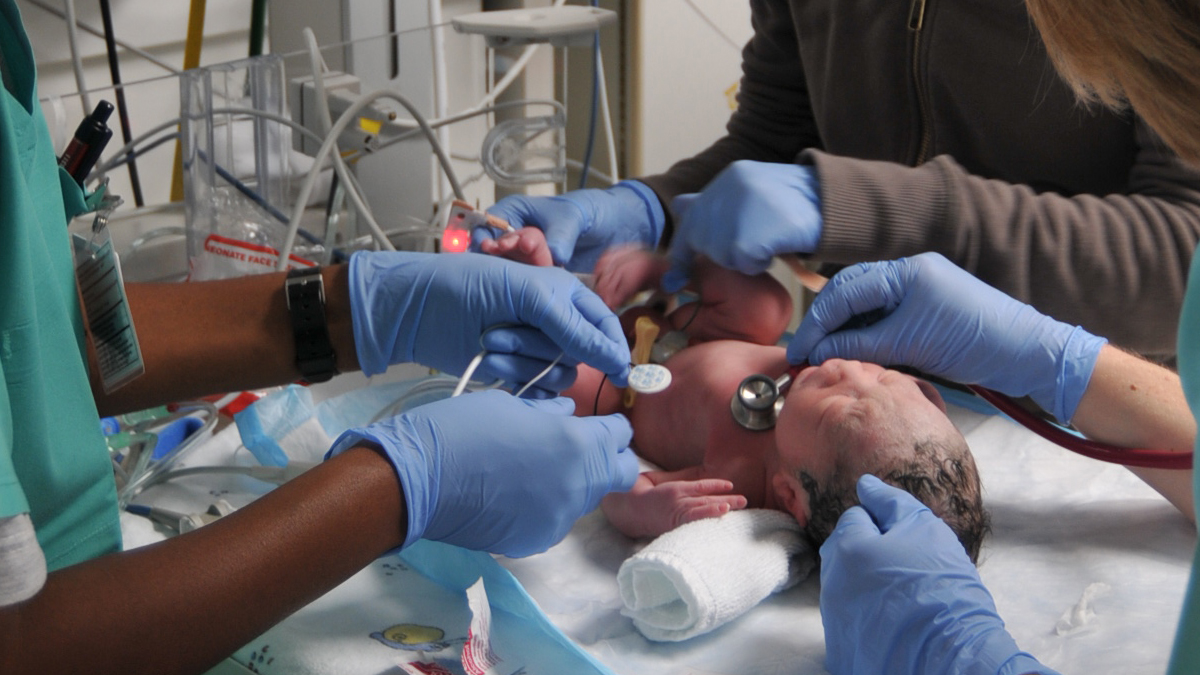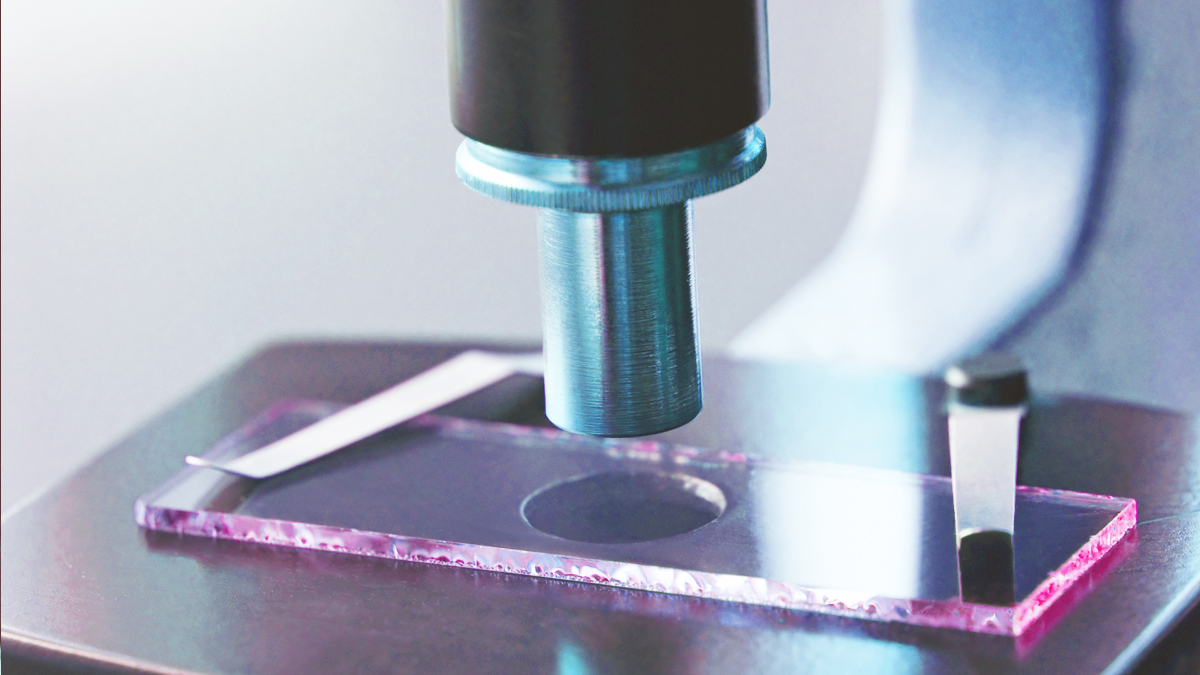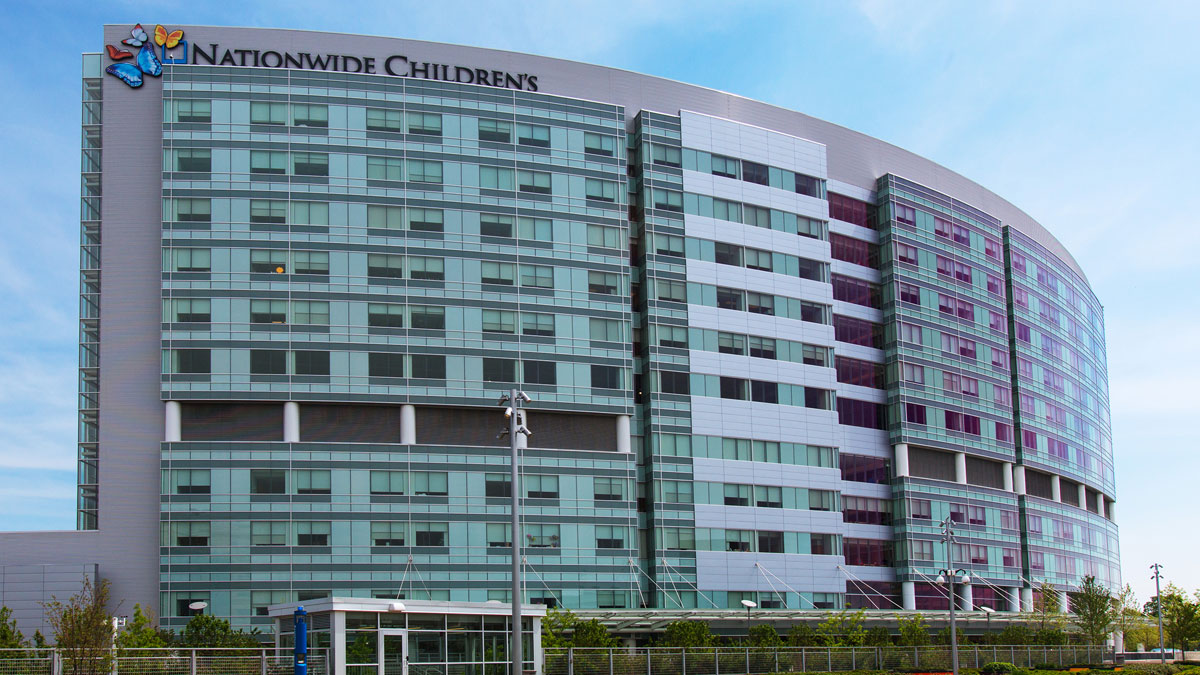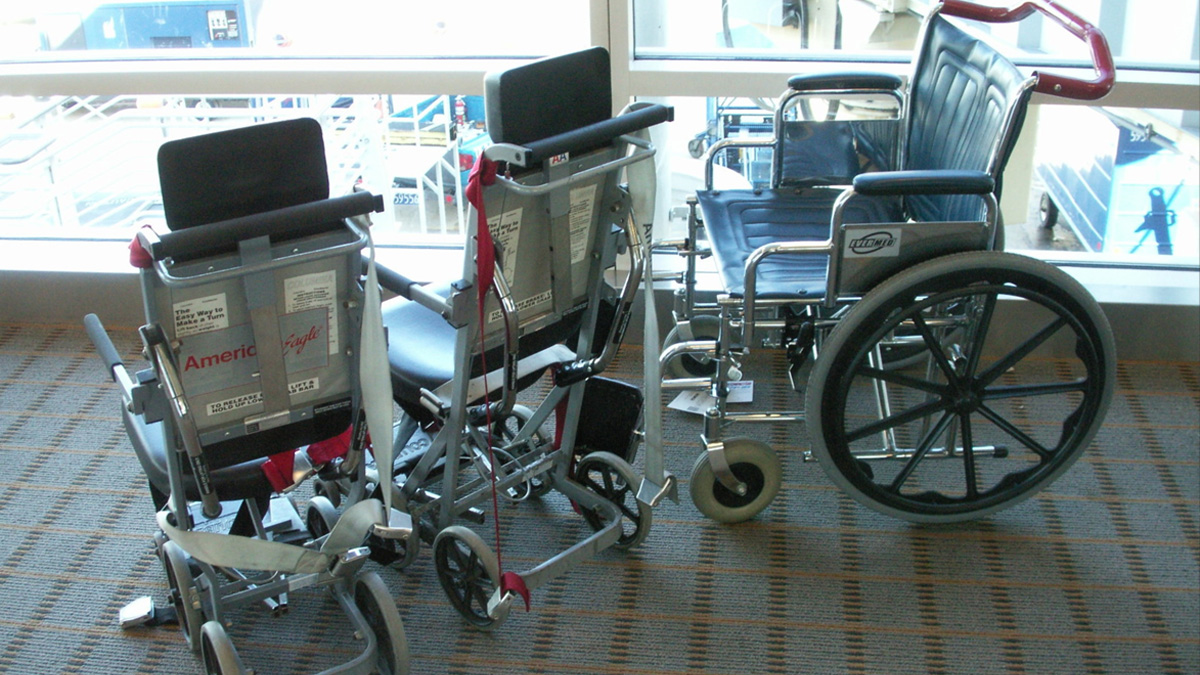Cardiorespiratory Analytics in Neonatal Intensive Care Unit and Risk for Cerebral Palsy
Identification of Neonatal Intensive Care Unit patients at highest risk for cerebral palsy early in the Neonatal Intensive Care Unit stay can allow for earlier, targeted rehabilitation services starting when the brain is most highly plastic and rapidly developing. Initial Observations Core Questions Research Team




![BI-UPCAT [BIlateral UPper-limb Children Action observation Training] for Children with Bilateral Cerebral Palsy (2020)](/wp-content/uploads/2020/07/IRCCS-Stella-Maris-Foundation.jpg)




